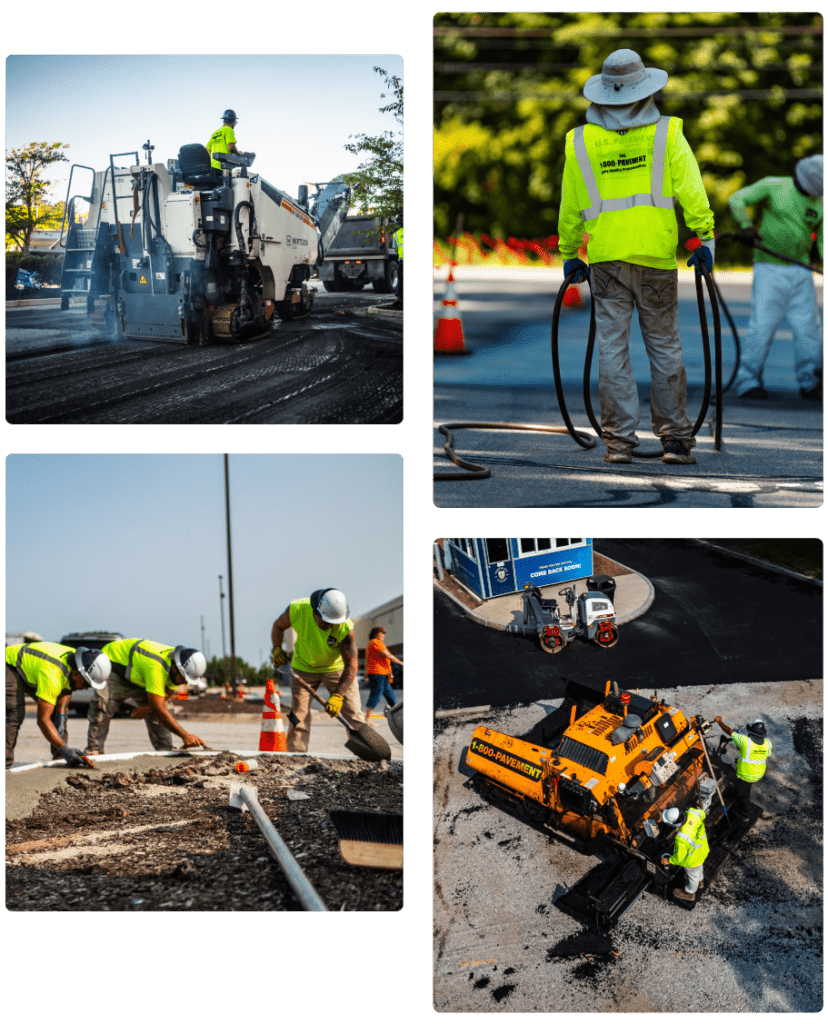Who We Serve
U.S. Pavement Services offers pavement and concrete solutions for a wide range of industries—a single source for any property type nationwide.
We’re the trusted provider for asphalt paving services, offering maintenance, repair, and installation services across the country . Contact us today to learn more, schedule a service, or get a quote for your next project.







Jim Knight
Director of Facilities, Equity Industrial Partners
Steve Parker
Assistant Vice President, BJ's Wholesale Club
“What has been most impressive to me over the years is U.S. Pavement’s growth in larger projects like milling, heavy paving, and concrete. While the team at U.S. Pavement always reacts quickly on emergency potholes or other repair needs, the planned larger projects are coordinated and delivered with very minimal interruption to our clubs. We count on them to get the job done right: large or small.”
Dave Nevins
VP Property Management, Hamilton Group
“U.S. Pavement’s experience and capacity means we always get the best recommendation for our properties’ needs while keeping in mind our budget.”
Tony Moschella
Plant Manager, Analogic
“I have been crack sealing and sealcoating our campus for more than 10 years. The work is always done very well and the coordination is always executed to ensure our operation, our employees, and our customers are not inconvenienced. The asphalt maintenance work done by U.S. Pavement not only ensures our campus looks great aesthetically but also protects our pavement asset for the long-term.”